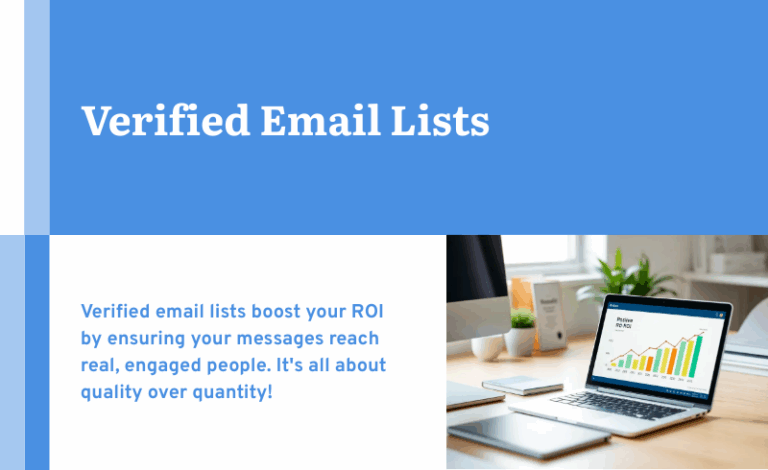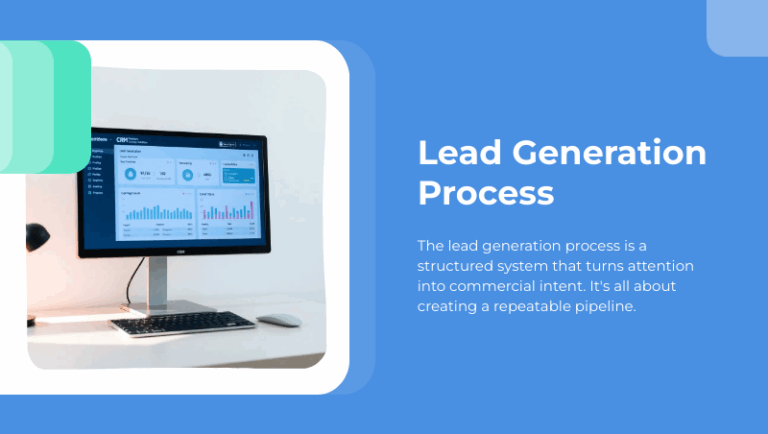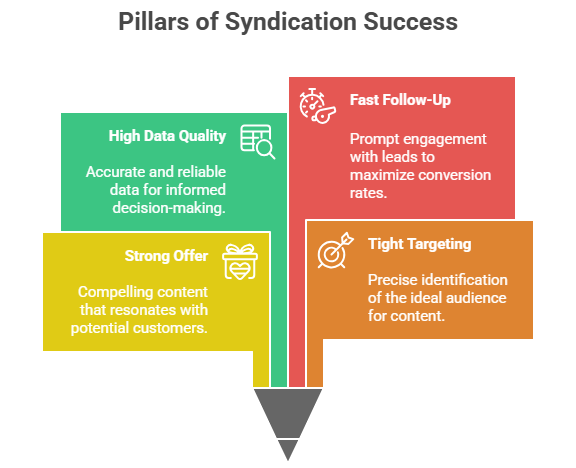Big data gives marketing analysts tremendous predictive power, letting them assess prospects’ behavior with ever greater precision and transforming millions or even billions of data points into a single coherent picture. The bigger the data, the more reliable its predictions, so large-scale information collection and analysis is a major industry focus for marketers now.
At the other end of the spectrum is the individual buyer – a buyer who is more knowledgeable, informed and proactive in the decision-making process than ever before. To reach this customer, marketing messages must be tailored to his or her specific concerns. Every prospect should feel not just valued, but catered to.
The intersection at which that individual prospect and those billions of data points meet is the focus of marketing automation. Let’s take a closer look at how the largest volumes of data can inform marketing decisions at the individual level.
Personalizing with Big Data
Unless you’re running a tiny start-up from your home, you don’t have the luxury of one-on-one conversations with your prospects. You have to find ways of segmenting your audience so you can deliver relevant content that approximates one-to-one service. Marketers have been using audience segmentation to allow them to customize their messages for decades. It’s why you’ll see very different content from Dove and Axe even though both brands are part of Unilever’s family of grooming products.
Marketing automation takes that concept far beyond what was possible in a pre-digital age, allowing you to customize everything from the salutation in an email marketing message to the home page content a returning visitor sees. Amazon is an excellent example of a company that uses big data to personalize. Most product pages display additional items at the bottom of the page to show you what other customers bought, using aggregate data to make an educated guess at your preferences. With marketing automation, this process is sophisticated and sensitive enough to discern between two buyers at the same address.
From Many, One
Customer personas stand in for individual prospects, giving companies the opportunity to address their campaigns to models of their customer base. They’re a composite view created by masses of data, so each persona can represent hundreds of thousands of customers.
Before the advent of big data, these personas were as much an art as a science. They involved a certain amount of educated guesswork – some of which wasn’t always accurate. An infamous example was Sony’s 2006 viral PSP ad campaign that featured a young man rapping about how much he wanted the device for Christmas. Sony’s chosen marketing firm wanted to reach an audience of young digital natives, but they failed so egregiously to connect with their intended market that the company had to print an apology.
Marketers can now avoid such costly gaffes by developing buyer personas based on real data, not assumptions about their customers. While teens and young adults might have been the game system’s largest audience segment, the marketing agency Sony worked with didn’t consider who would be buying the hand-held units – parents shopping for the holidays. Had the marketing company chosen to target the game-playing demographic itself, they could have cast teen actors and hired ad writers who spoke their audience’s language. Sony had the outlines of the content right; they just colored in the details wrong.
Big data and personalized content aren’t at opposite extremes of a spectrum; they’re integral to one another. As data informs content choices and guides triggered content flows, prospects generate more behavioral data about how they interact with content, creating an ever-shifting and increasingly accurate image of your customers.
© Reach Marketing LLC 2015 All Rights Reserved.




